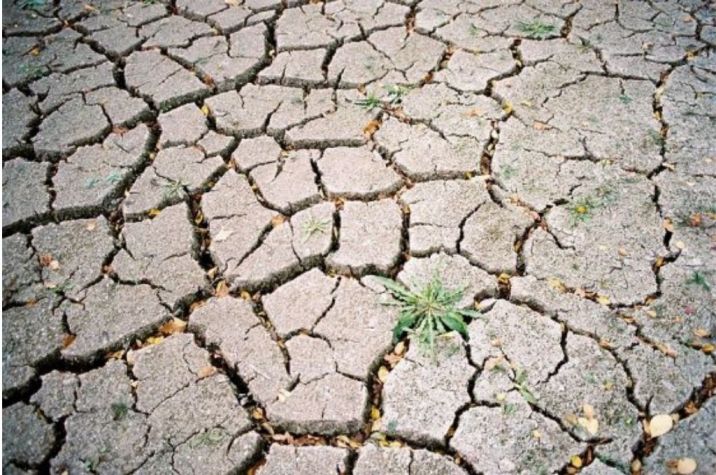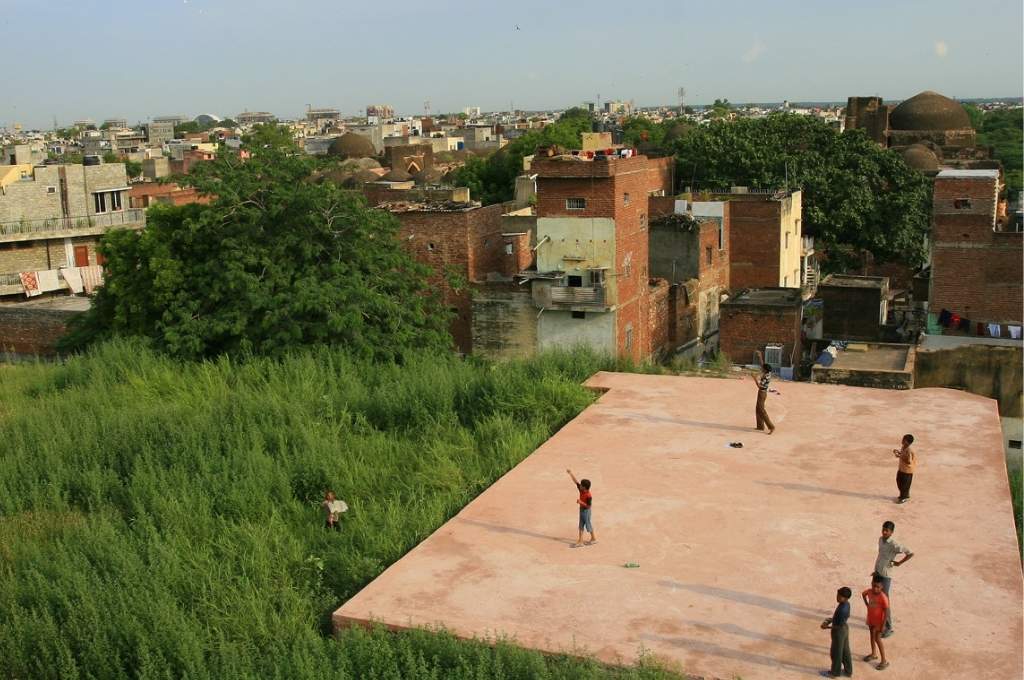The latest report by the Intergovernmental Panel on Climate Change (IPCC) revealed just how urgent the need is to address human-induced climate change. With many countries still in the midst of or just about recovering from COVID-19, there has been an additional strain on governments and organisations and their resources, which has disrupted crucial climate-based negotiations.
As everyone gears up for COP—one of the biggest conferences on climate change—here is some context on the conference and why this year’s discussions are extremely crucial for shaping the future of global climate action.
What is COP?
COP or Conference of Parties is a critical gathering of various nation states to discuss their commitments to climate change and formulate a global response to the climate change emergency. All states that are parties to the United Nations Framework Convention on Climate Change (UNFCCC)—an environmental international treaty adopted by 197 countries around the world—are represented at the COP. This year the conference will be held in Glasgow from October 31–November 12, 2021.
COP 21 was a crucial one for climate action. Organised in 2015, it was where the landmark Paris Agreement was drawn up. As part of the agreement, the efforts to limit the temperature increase to 1.5 degrees Celsius, the impact of climate change on livelihoods, and the need to have measurable indicators for climate action were discussed in depth. The Paris Agreement also introduced nationally determined contributions (NDCs), which are long-term goals submitted by every member state outlining their efforts to reduce their carbon and greenhouse gas (GHG) emissions as well as other steps towards climate action. The NDCs are important in global climate change conversations as they allow member states to create their own strategies based on the budgets, knowledge, expertise, and resources available to them, in line with the long-term goals of the Paris Agreement.
With COP getting cancelled in 2020 due to the pandemic, the upcoming COP 26 becomes even more important as a platform to reanalyse whether the current NDCs of all member states are adequate to reduce carbon emissions and curtail global warming.
Why is COP 26 important for India?
COP is a platform that creates space for various member states to share their knowledge, the lessons they’ve learnt, and the mistakes they’ve made while solving for climate change in their respective countries.
In 2020 alone, India suffered its worst locust attack in decades, three cyclones, a nationwide heatwave, and severe flooding.
There is a lot of open-source information made available in terms of documents, research papers, experiments with renewable energy, or with regards to working with communities directly. And while India has a large population and a cultural diversity that can make it extremely complex to work with and implement certain solutions, COP provides an opportunity for us to interact with nations that may have similar dynamics.
In light of the latest IPCC report and the eye-opening statistics it revealed, COP 26 becomes an important forum that will pave the way for India’s climate action in the coming years.
Here are some areas of concern for India:
1. Climate finance
The term climate finance refers to the financial resources (local, national, or transnational) spent towards supporting mitigation and adaptation strategies to tackle current and future climate change impacts. According to the Copenhagen Accord, developed countries were committed to mobilising funds (at least USD 100 billion per year by 2020) to help developing countries mitigate climate change. In this regard, one of the major focus areas for India at this year’s COP will be climate finance. At the Ministerial Plenary of Pre-COP 26, India’s union environment minister reiterated the importance of climate finance for developing countries such as India to meet goals in line with the Paris Agreement. However, India claims that it is yet to receive any of the funds that were promised.

2. Loss and damage
Another important discussion to be had during COP 26 is that of loss and damage, especially in the context of developing and poorer member states. Regions across the globe have already been facing the devastating impact of climate change and rapidly increasing temperatures, largely due to emissions by developed countries. Many of India’s most marginalised communities (such as small farmers) are finding it harder to cope with the damage caused by severe changes in weather patterns. In 2020 alone, India suffered its worst locust attack in decades, three cyclones, a nationwide heatwave, and severe flooding. And while the Paris Agreement makes provisions for loss and damage for poorer or developing countries like India in terms of financial assistance by developed countries, the ‘how’ is still unclear.
3. Carbon credits
Carbon trading and markets, established under the Kyoto Protocol in 1997 as a measure to reduce carbon emissions, will also be up for discussion at COP 26. Simply put, carbon trading refers to ‘the process of buying and selling permits that allow the permit holder to emit carbon’. Under this process, certain permitters can also offset their carbon credits, that is, they can pay for someone else’s permit, thereby exceeding their emissions capacity, and continue to emit carbon without investing in low-carbon technology. This is negatively impacting developing countries, as richer countries purchase carbon credits for developing or poorer nations without keeping their carbon emissions in check.
4. An intersectional analysis of climate change
As loss and damage due to climate change become more apparent across the world, COP 26 will provide a platform to discuss the impact of climate change on different individuals, groups, and communities. Anecdotal evidence in India shows that women might be more vulnerable to climate change than men. For instance, as water sources dry up, women in rural India might have to travel further to collect water on a daily basis. This impacts women’s health and safety, among other things. Changing weather patterns directly impact land use practices, which can be critical for a country like India with a large agricultural economy. Therefore, it is important for member states and India especially to create more dialogue on an intersectional analysis of climate change, and perhaps look at a portion of funds set aside for thematic areas such as gender, livelihoods, and health to further aid climate action.
How should civil society organisations and funders be thinking about climate change?
At EdelGive, we began thinking about climate change and how it intersected with the thematic areas we focused on (such as urban skilling and employment) in 2015, when the Marathwada drought struck Maharashtra.
At the time, the climate conversation in philanthropy circles in India was still nascent. People were looking at providing relief, giving to rescue efforts, and meeting immediate needs—all of which were, and continue to be, very important. But during that time we began to realise that we must shift our focus to take climate factors into account. And so, in a year, we moved from looking singularly at urban skilling to building the resilience of communities around their own livelihoods.
The current production and consumption patterns of an urban lifestyle have caused a waste crisis in the major urban cities of India, thereby contributing to the climate crisis further.
Today, with the launch of the GROW Fund, we are taking that initial understanding further. Over the next two years we want to work with and strengthen 100 grassroots nonprofits across the country. We believe that doing so is integral to building resilience for the most vulnerable communities, and that this community resilience is integral to combatting the effects of climate change. (In fact, one of the goals of COP 26 is ‘adapting to protect communities and habitats’.)
Based on our work so far, here are some tips for civil society organisations and funders looking to expand their understanding of, and work in, climate action:
1. Spend time familiarising yourself with climate vocabulary
Or, if you are already climate savvy, you can act as a bridge between research institutions, think tanks, and communities on the ground facing the real-time impact of climate change. Encouraging active dialogue around climate change, in language that is easy to follow, can help increase the scope of climate action.
2. Bring a climate lens to your programmes
A majority of nonprofits in India work in the spaces of education, women empowerment, health, and livelihoods. There is a huge interrelation between all these causes and climate change. For example, India’s economy is dependent on agriculture, which is climate sensitive. Therefore, any changes in rain and temperatures will directly impact land use practices, livelihoods, food security, health, and more. It becomes essential then for nonprofits and their donors to adopt a climate lens, so that their interventions are intersectional and able to adapt to changing realities on the ground.
3. Take indigenous wisdom into account when planning climate interventions
From deserts and mountainous regions to flatlands and tropical regions, India is geographically extremely diverse. Therefore, it is impossible for climate change solutions to take a one-size-fits-all approach. To create more sustainable and context-specific solutions, climate change measures must incorporate local or indigenous wisdom. This is where civil society organisations (CSOs) can step in. In partnership with the government, they can map indigenous solutions to climate effects, design and implement localised solutions, and create a more decentralised approach to tackling climate change.
4. Support climate initiatives in urban areas
While understanding the effects of climate change on rural communities and building their resilience to the same is integral, we also need to be monitoring the consumptive lifestyles of the urban elite in India. Urban cities are a cause for, and a solution to, the climate crisis. The current production and consumption patterns of an urban lifestyle have caused a waste crisis in the major urban cities of India, thereby contributing to the climate crisis further. Urban India generates 62 million tonnes of waste annually, and it has been predicted that this will reach 165 million tonnes by 2030. There is an urgent need for a change in this urban lifestyle—measures for segregation of waste, recycling, and stopping the use of single-use plastic straws, bottles, containers, etc.—to reduce the impact of the waste crisis.
5. Build an appetite for funding programmatic expenses
Support from local funders, smaller philanthropies, and family endowments within the country will become absolutely critical for climate action. As climate impact can be intangible and often take place over the course of many years, funders will need to be more open to supporting its monitoring, evaluation, and mapping.
This is the second article in a four-part series supported by the GROW Fund.
—
Know more
- Watch highlights from the ongoing COP 26 here.
- Watch this video to learn more about COP 26 and how it impacts India.
- Read more about India’s ongoing climate change efforts in line with the Paris Agreement.
- Read this article to understand why nonprofits in India need to work together to combat climate change.






